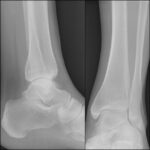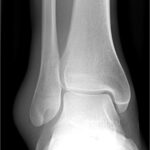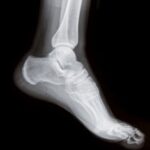Ankle Arthroscopy
"To keep the body in good health is a duty... otherwise, we shall not be able to keep the mind strong and clear."
Ankle Arthroscopy
Ankle pain refers to any type of pain or discomfort in your ankles. This pain could be caused by an injury, like a sprain, or by a medical condition, such as arthritis.
According to the National University of Health Sciences (NUHS), an ankle sprain is one of the most common causes of ankle pain making up 85 percent of all ankle injuries. A sprain occurs when your ligaments (the tissues that connect bones) tear or get overstretched.
Most ankle sprains are lateral sprains which occur when your foot rolls causing your outside ankle to twist toward the ground. This action stretches or rips the ligaments. A sprained ankle often swells and bruises for about seven to fourteen days. However it may take a few months for a severe injury to heal fully.
Once healed the sprained ankle is sometimes permanently weaker and less stable than the other ankle. According to a paper published by the American Academy of Family Physicians (AAFP) the greatest risk factor for ankle sprain is having a previous ankle sprain.
Causes of Ankle Pain
A sprain is a common cause of ankle pain. Pain can also be a result of:
- Arthritis (specifically osteoarthritis)
- Gout
- Nerve damage or injury, such as sciatica
- Blocked blood vessels
- Infection in the joint
A sprain is generally caused when the ankle rolls or twists so that the outside ankle moves toward the ground, tearing the ligaments of the ankle that hold the bones together. Rolling the ankle can also cause damage to the cartilage or tendons of your ankle.
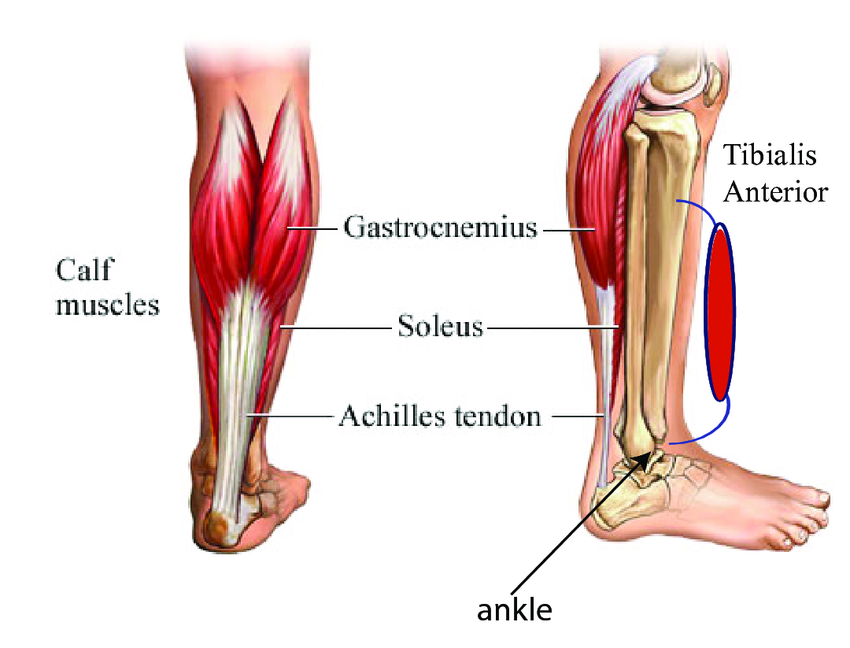
Caring for Ankle Pain at Home
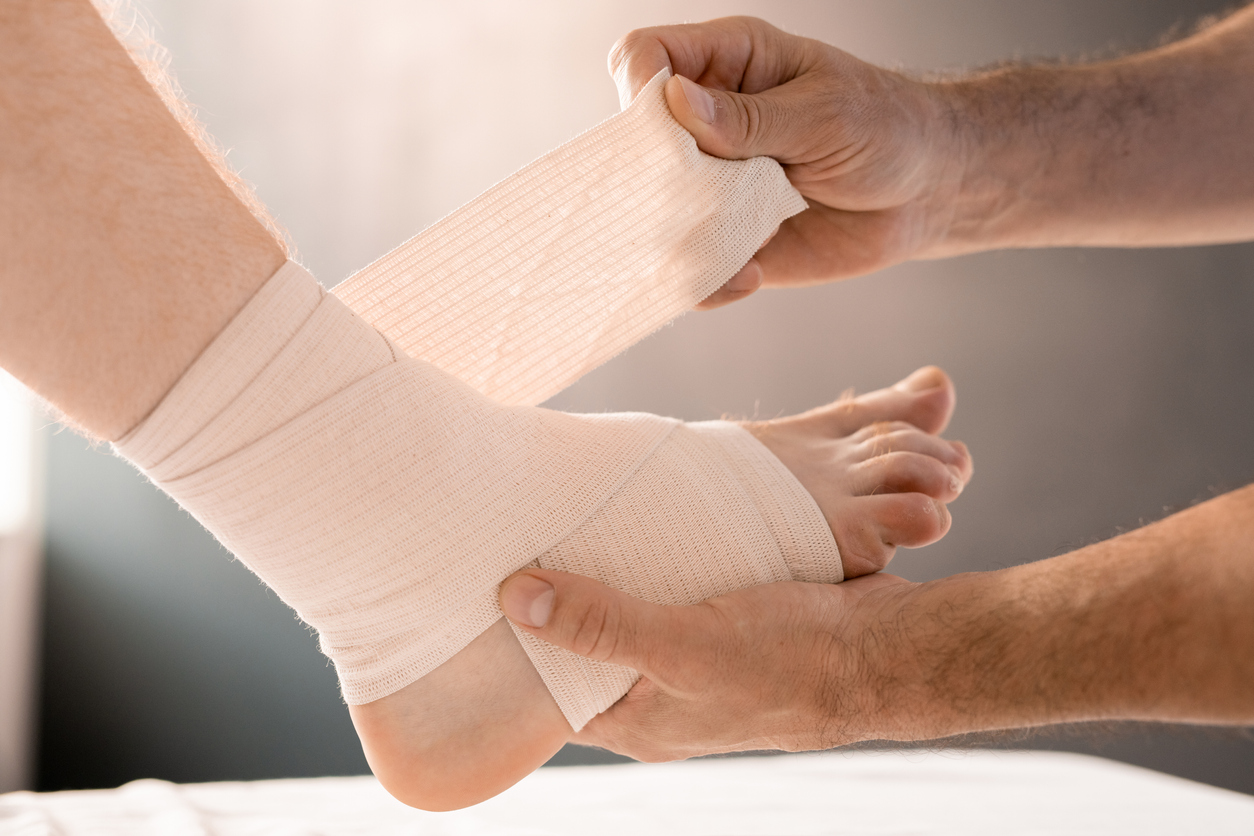
For immediate at-home treatment of ankle pain, the RICE method is recommended. This includes:
- Rest — Avoid putting weight on your ankle. Try to move as little as possible for the first few days. Use crutches or a cane if you have to walk or move.
- Ice — Begin by putting a bag of ice on your ankle for at least 20 minutes at a time. Do this three to five times a day for three days after the injury. This helps reduce swelling and numb pain. Give yourself about 90 minutes between icing sessions.
- Compression — Wrap your injured ankle with an elastic bandage, like an ACE bandage. Do not wrap it so tightly that your ankle becomes numb or that your toes turn blue.
- Elevation — Whenever possible, keep your ankle raised above heart level on a stack of pillows or other type of support structure.
We are here to help you Get relief from your pain
Get reed of from various body pain from our experienced doctor.

